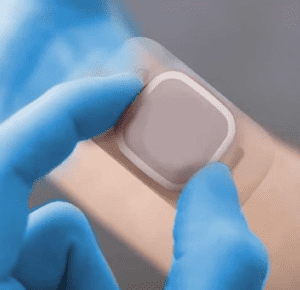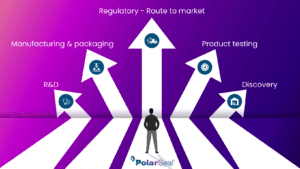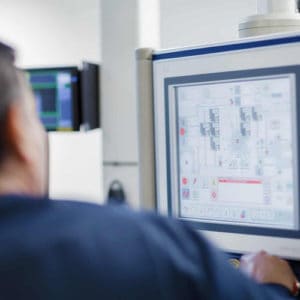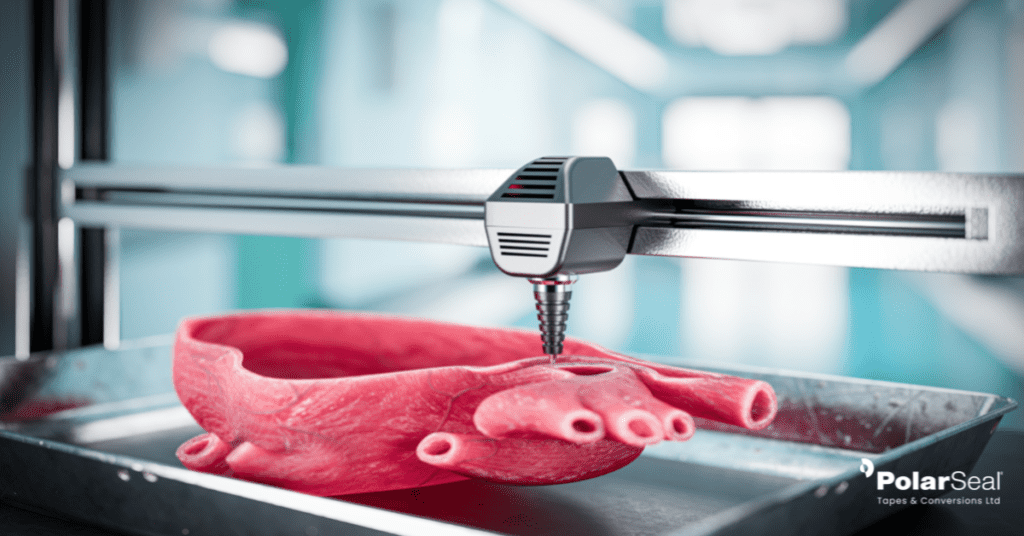Rapid medical device prototyping is a design and manufacturing process that enables fast creation of physical or functional models for new product designs. The goal of rapid prototyping is to quickly produce a working model or proof of concept to test and validate design ideas, without having to invest significant time and resources into full-scale production. This allows designers, engineers, and manufacturers to quickly identify any potential problems with the design, make improvements and iterate on their ideas until they arrive at a final, functional prototype.
Rapid prototyping makes use of advanced technologies such as 3D printing, computer-aided design (CAD) software, and computer numerical control (CNC) machining to create prototypes in a matter of days or even hours, as opposed to the weeks or months that might have been required using traditional manufacturing methods. Rapid product prototyping, while offering numerous benefits, is not without its challenges and complications, so what might we encounter that could cause rapid prototyping, to not be rapid?
Rapid product prototyping, while offering numerous benefits, is not without its challenges and complications and there are several factors to consider:
- Design complexity: If the design of the prototype is overly complex, it may require additional time and resources to create a functional prototype.
- Technical issues: Technical problems with the rapid prototyping technology or equipment. For example, a 3D printer may malfunction, or software used to design the prototype may have a bug.
- Material availability: If the required materials are not readily available, this could mean the prototyping process is slower.
- Resource constraints: If there are not enough resources available, such as personnel or equipment.
- Quality control: If additional time is needed to test and verify the quality of the prototype before it is approved for further development.
- Regulatory requirements: If the prototype needs to comply with certain regulations or standards, it may take additional time to ensure that it meets these requirements.
- Supply chain disruptions: Disruptions in the supply chain, such as shipping delays or material shortages.
Design & Development: Working with an experienced and knowledgeable research and development team can help to improve product efficiencies, an experienced R&D team can aid to uncover solutions to any design complexities that may arise.
Technical Maintenance: Well-maintained software and design tools lead to less machine complications, working with a prototyper who operates against a fully audited validation plan is essential.
Material availability & Resources: Industry knowledge, careful planning and strong relationships with reputable material partners can alleviate issues around material availability. Leveraging an experienced manufacturer with years of R&D experience, can lead to improved products and innovative ways to reduce costs or even both.
Regulatory Requirements: A fully validated Quality Management System, and quality and regulatory team can ensure that all Q&R requirements are considered and integrated into your product development plan.
Supply chain Management: Multiple manufacturing sites, with a solid UK supply chain & manufacturing contingency plan can ensure your design is managed through to completion
It’s important to carefully manage the rapid prototyping process and to anticipate and plan for potential delays in order to minimize their impact on the overall product development timeline. Working with an experienced R&D Team who can support you through the process of product development means you can plan for all eventualities and remain dedicated to bringing your device to market.







